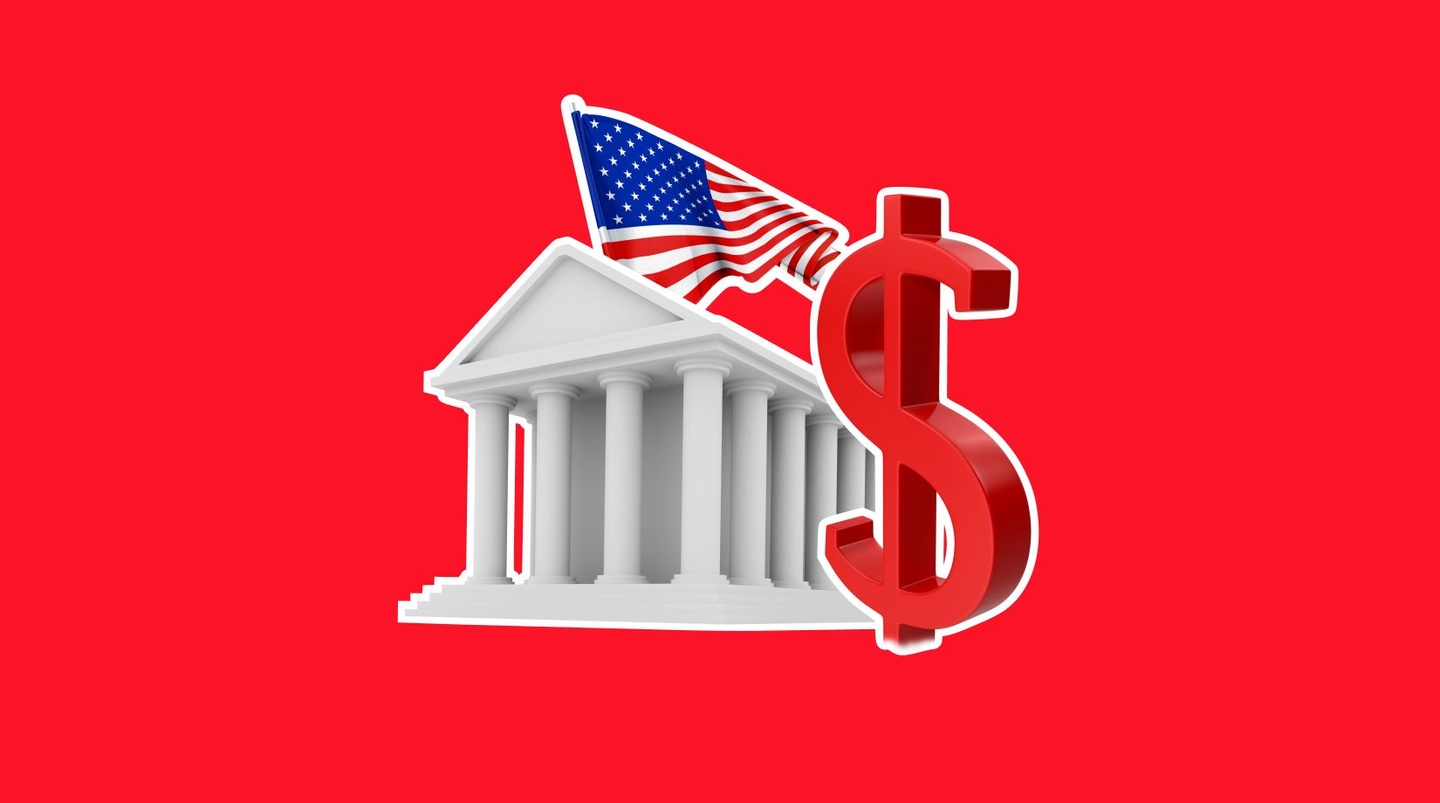The US Dollar experienced its most volatile day in 2-weeks after the currency came under fire from more data indicating lower inflation. The US Dollar declined by almost 0.60% after the Bureau of Statistics released the latest Producer Price Index. The PPI read -0.3%, significantly lower than expectations and indicates lower inflation in the coming months. The US Dollar Index declined to 102.67, the weakest in almost a month.
However, the story does not end there. The US Dollar Index has been fully corrected since the end of the US session and this morning’s Asian Session. The GBP/USD and EUR/USD are close to a full price correction, whereas the USD/JPY is forming a bullish trend. The USD/JPY is crossing onto a higher high and is now at a 29-week high. Why such a sudden change?
The Dollar suddenly found support from the Federal Reserve. The Fed chose not to increase interest rates for the first time in over a year. This was as markets were expecting and were pricing into tradable assets. However, the revelation came from the Chairmen’s forward guidance. Due to the lower consumer and producer inflation data, most economists surveyed by Bloomberg believed the central bank would only consider one more hike. However, the Chairmen of the Federal Reserve, Jerome Powell, continues to advise the committee is considering two further hikes.
One of the main concerns for the US regulators is that core services' inflation cooled to the slowest pace in 15 months. Even though inflation has declined to more acceptable levels, core inflation figures are proving to be stickier. In addition to this, the Federal Reserve is also concerned that the strong employment sector risks higher demand and inflation.
USD/JPY - Markets Rally as Fed Signals More Hikes
The USD/JPY is experiencing a surge in buyers during this morning’s Asian session and is trading 1.09% higher. The asset is experiencing an unbalanced order book due to the Federal Reserve’s indications of further hikes and the market’s expectations of a dovish Bank of Japan. The Bank of Japan will release its interest rate decision tomorrow morning and hold a press conference.
The exchange rate continues its bullish trend, which formed towards the end of May. The USD/JPY breakout of previous highs from the past 2-weeks is crossing onto a new high. The price increased by 0.76% during this morning’s Asian session. All trend-based indicators signal a bullish trend, including crossovers, stochastic oscillators and Bollinger bands.

However, the concern for investors, which did not enter when signals first arose, is that the impulse wave has already formed. In addition, the price is overbought on the RSI on timeframes lower than 4 hours. In addition, the price movement is to obtain a “divergence” signal in the 5-minute timeframe 07:00 GMT+3). Therefore, even though the exchange rate is showing clear momentum and receiving trend signals, investors are cautious about the timing of retracements.
The US Dollar Index this morning is up 0.35% when looking at each currency individually. The Japanese Yen is declining against all currencies. According to a recent survey, more than half of economists expect the BoJ to keep interest rates at the same level by the end of this year. The bank’s interest rate is currently at 0.10%, significantly lower than the Fed’s 5.25%. The governor has previously been highly dovish, advising inflation will decline without hikes as commodity prices drop. Many economists state that the exchange rate will continue increasing if the Fed opts to hike and the BoJ remains dovish.
NASDAQ
The NASDAQ ended the day 0.64% higher than its open price and continued to increase regardless of the Fed’s forward guidance. One of the main influential elements is if investors believe the Federal Reverse will indeed hike a further 0.50% by the end of the year. A further half a percent hike can pressure the economy, employment and the stock market. According to past comments from the Federal Open Market Committee, the regulator aims for the unemployment rate to reach a minimum of 4%.
However, investors have not taken the Fed’s guidance seriously in the past, which may continue if inflation continues to decline. A concern for investors is that six of the top 10 influential components of the NASDAQ ended the day lower. The bottom half of the table largely drove the bullish price movement. Nonetheless, technical and order flow analysis has not yet supplied any concrete signal of a decline. However, if the price breaks below $14,760, enough momentum will be gained to provide bearish signals.

Summary:
- The US Dollar experiences price movements in both directions after the US releases more inflation data, but the Fed indicates two more hikes.
- The Fed chose not to increase interest rates for the first time in over a year. However, the Chairmen of the Federal Reserve, Jerome Powell, continues to advise the committee is considering two further hikes.
- The NASDAQ trend continues, but investors are cautious about further hikes and the performance of the top 10 influential components.
- The Japanese Yen declines as the market expects BoJ’s monetary policy to remain unchanged for the rest of 2023.


